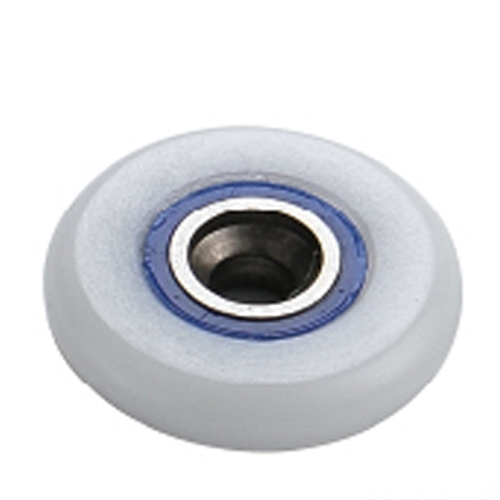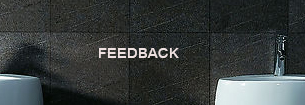Standard steelized products for bearings
Tapered roller bearing units were introduced in the 1950s as a replacement for plain bearings° in American vans. Standards have been established for such bearings and the use of carburized steel is required for the inner, outer and rollers.

In high-speed and ultra-high-speed applications, carburized and fully hardened steels are available, depending on the application requirements. In general, fully hardened steels are cleaner and have fewer impurities than carburized steels. In many applications, fully hardened steels perform better. In applications such as locomotives, EMUs, passenger cars, urban rail cars and trucks with closed axleboxes, fully hardened steel is generally used.
Speaking of which, it may reveal one of the black technologies of bearings - high-end materials science, do you know that metals are more slippery than other European countries combined. The elements on the periodic table, sorry, are made up of a small majority. Like this kind of high-speed bearing, it is not only the design that is more difficult to overcome, but the metal material. Inclusions of metal materials in bearing operation can easily lead to metal fatigue on the early subsurface. Therefore, the purity of domestic high-end steel is slightly different from that of imported products. However, the domestic truck bearings have basically been localized in steel, but the high-speed rail is not yet.












